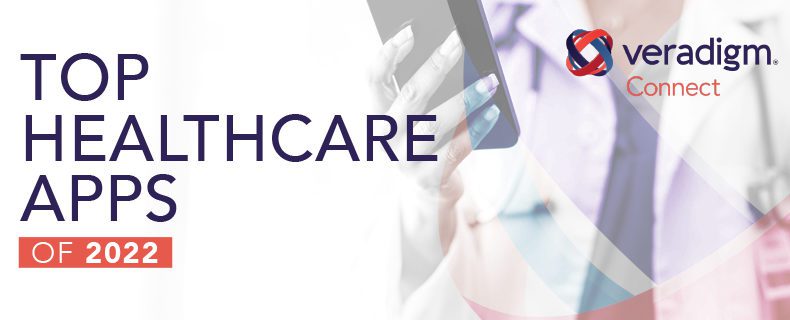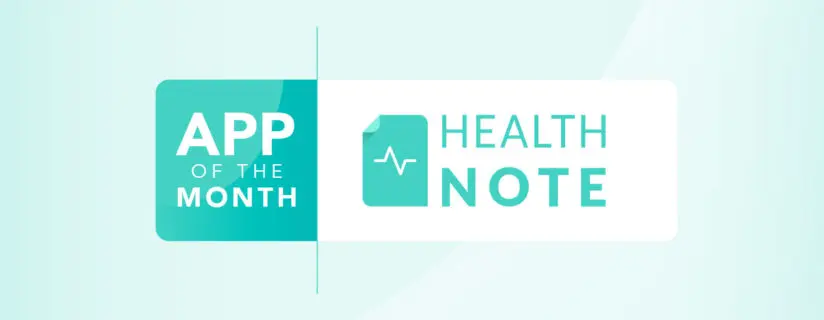Blog Posts
A new milestone for interoperability: TEFCA is finally here


In January, the Office of the National Coordinator for Health IT (ONC) released the Trusted Exchange Framework and the Common Agreement (TEFCA) after years of development, input from industry leaders, public comments and revisions. ONC also released the TEFCA Health Level Seven (HL7) Fast Healthcare Interoperability Resource (FHIR) Roadmap to share how TEFCA will increase FHIR-based exchange over time.
TEFCA marks a significant step in the advancement of nationwide interoperability as it seeks to connect various health information exchange networks that are already in place and further facilitate the flow of electronic health information. Let’s dive into what it means for the healthcare industry.
Establishing common “rules-of-the-road”
The Trusted Exchange Framework (TEF) comprises seven non-binding, foundational principles for data exchange among health information networks. These principles address the key issues of standardization; openness and transparency; cooperation and non-discrimination; privacy, security and safety; access; equity and public health. The ONC anticipates that broad adherence to these principles will help entities exchange digital health information in a simple, secure manner. Though the TEF is newly finalized, the ONC notes the principles largely reflect its activities and federal health IT policies from the last decade.
While the TEF lays out data exchange principles, the Common Agreement establishes the technical infrastructure and governing approach to data exchange. The Common Agreement, as noted on the ONC blog, includes support for treatment, payment, healthcare operations, individual access services, public health and government benefits determination and intends to help reduce governance-related barriers to health information connectivity that have been cited by providers for many years.
Having been selected by ONC as the Recognized Coordinating Entity (RCE) for TEFCA, the Sequoia Project is responsible for developing, updating, implementing and maintaining the Common Agreement. Additionally, the organization will designate, onboard and provide oversight for Qualified Health Information Networks (QHINs), healthcare entities that agree to the terms in the Common Agreement and technical specifications in the QHIN Technical Framework. The QHIN application process will begin in the second quarter of 2022, and the RCE plans to begin designating and onboarding QHINs by early 2023.
Breaking down healthcare’s siloes, one step at a time
Networks must reach a critical mass before the whole is noticeably greater than the sum of its parts, and it has not yet been quantified how many patients move between established HIE networks in their care journeys each year. As such, it remains to be seen how quickly the value of this “network of networks” approach will trickle down to participants (QHINs), sub-participants (i.e., payers and public health entities within those QHINs), individual provider organizations and the country’s patients.
One study, conducted by researchers at the ONC and University of California San Francisco (UCSF), provides context as to what TEFCA buy-in may look like. The survey of state and local health information exchanges (HIEs) found that 56% plan to participate in TEFCA. Also worth noting, all but six states are covered by one or more HIE, and 81% of health service areas in the country fall within the geographic area of at least one HIE.
As more entities are approved as QHINs, more provider organizations should reap the benefits of TEFCA. In turn, more providers will be able to access patient data from outside their organizations to enhance clinical decision-making and improve health outcomes. Additionally, greater interoperability should help providers avoid ordering duplicative blood tests, imaging and the like, saving on costs for their organizations and patients.
Since 2007, Allscripts clients and partners have benefitted from our EHR-agnostic, open architecture and culture. Looking to the next 15 years and beyond, we are excited to see how our solutions and industry-wide interoperability advancements will help build open, connected communities of health for everyone.












